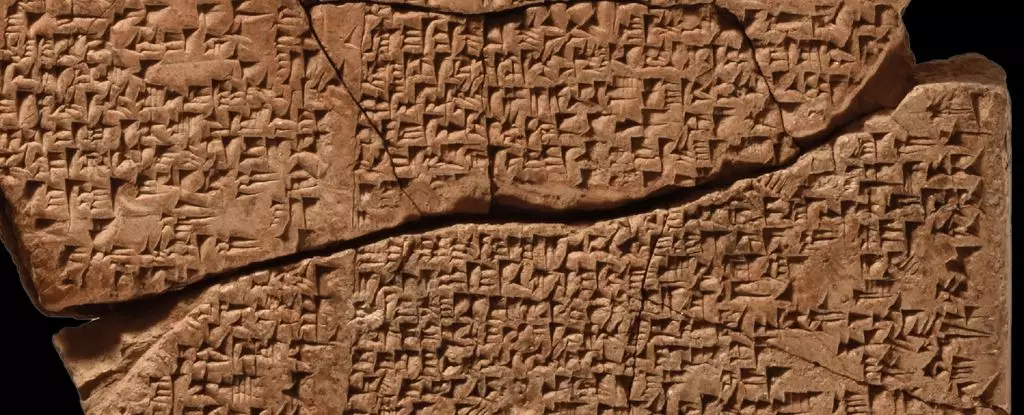Centuries ago, Babylon was the pulsating heart of civilization, a beacon of achievement and grandeur in a world long gone. Today, only fragments of its former brilliance remain, buried beneath the sands of time and mounds of clay. Yet, through the relentless ingenuity of modern scholars wielding cutting-edge technology, the echoes of Babylon’s past are beginning to resound louder than ever. The recent discovery of a 250-line hymn, stitched together from scattered cuneiform fragments, exemplifies both our resilience and the persistent drive to preserve human history. We often underestimate the value of these ancient scripts, dismissing them as obscure relics; however, they are in fact narratives that contain our collective identity, aspirations, and virtues. By painstakingly reconstructing this hymn, researchers have managed to unlock a window into Babylonian life, portraying a city teeming with natural beauty and social complexity, challenging our assumptions about ancient civilization.
Reshaping Our Understanding of Ancient Society
This hymn offers more than poetic praise—it provides an invaluable lens into the social fabric of Babylonian society. The vivid descriptions of rivers nurturing the city reveal a civilization deeply intertwined with its environment, contradicting the diminished view some hold of ancient Mesopotamian resilience. Moreover, the focus on women and priestesses embodies a nuanced understanding of gender roles, highlighting a society that valued not only spiritual devotion but recognized the multifaceted contributions of women. Here lies a compelling argument for appreciating the complexities of ancient cultures, which often starkly contrast with stereotypical narratives of oppression. Instead of dismissing these societies as primitive or monolithic, we should celebrate their sophistication and capacity for adaptability, qualities that serve as blueprints for our modern global civilization.
The Power of Technology in Cultural Preservation
The utilization of AI and digital archiving has revolutionized the way we recover lost histories. What once would have taken decades of manual effort is now achievable within years or even months. The rediscovery of this hymn across hundreds of tablets demonstrates that our collective history is far from dead; it’s alive, waiting to be pieced back together through technological innovation. This democratization of knowledge should prompt us to reevaluate our responsibilities toward cultural artifacts—whether they come from ancient Mesopotamia or any other civilization. It reinforces the idea that safeguarding our shared heritage isn’t just about conserving old objects but about empowering ourselves with the tools to continuously reconstruct our past and shape our future understanding of human achievement.
A Call for Re-Engagement with Humanity’s Roots
In the end, these findings challenge us to think more critically about how history is preserved and valued in our society. They underscore that understanding the complexities of ancient civilizations isn’t merely an academic pursuit but a vital endeavor for shaping a more inclusive, informed, and resilient future. Babylon’s rediscovered hymn is a testament to human perseverance, illustrating how even the most fractured remnants of history can be brought to life with determination and innovation. Instead of dismissing ancient cultures as merely historical curiosities, we should see them as vital references—reminders that our civilization’s strength lies in recognizing, learning from, and honoring the legacies of those who came before us.

Leave a Reply